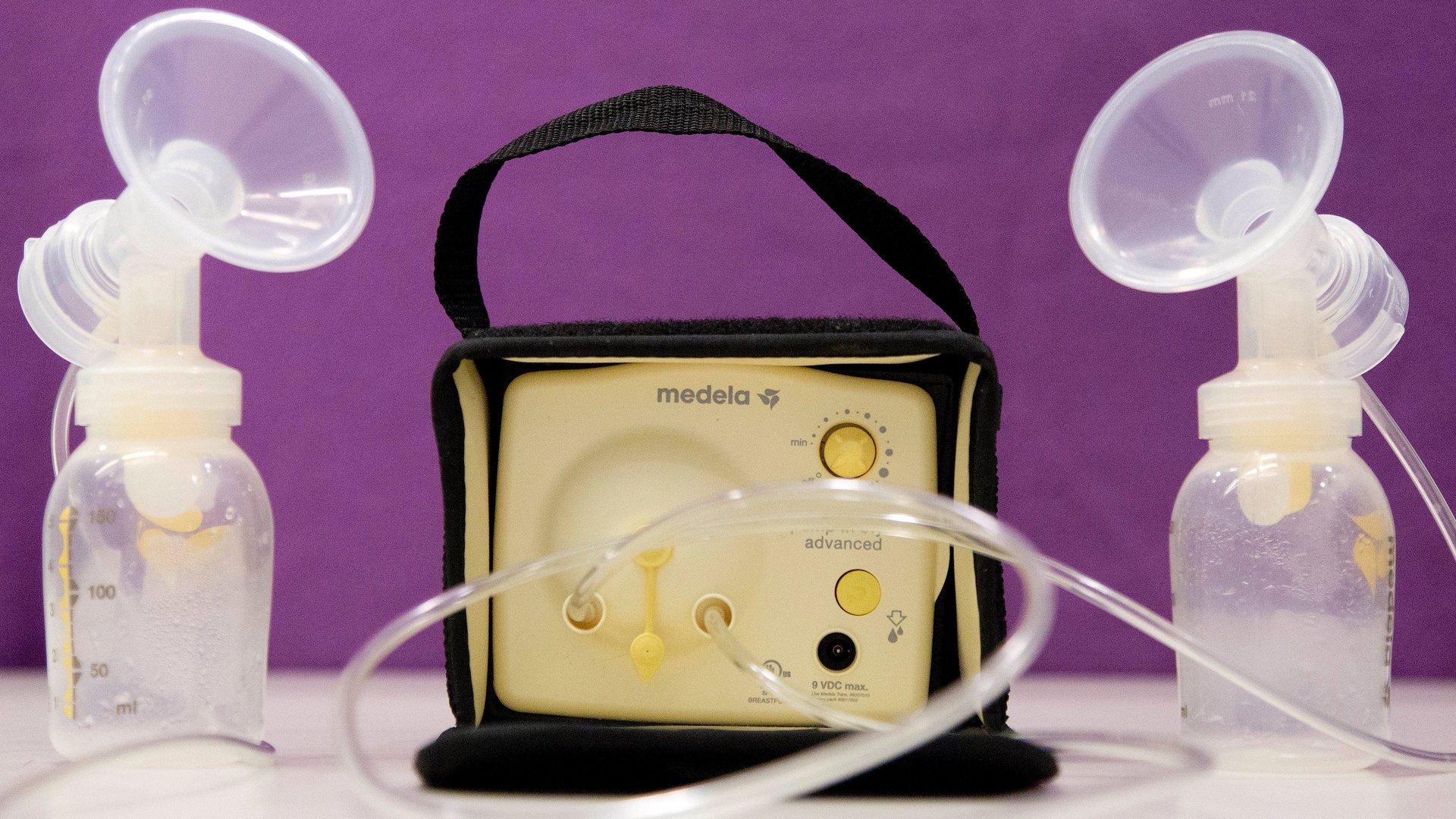Why it’s so crucial to support colleagues who pump breast milk at work
In what could be considered a well-timed pep talk for the breastfeeding cause, US researchers recently published a pair of studies that clarify the role coworkers can play in encouraging new mothers who are nursing to keep pumping breast milk after returning to work.


In what could be considered a well-timed pep talk for the breastfeeding cause, US researchers recently published a pair of studies that clarify the role coworkers can play in encouraging new mothers who are nursing to keep pumping breast milk after returning to work.
That role, it turns out, is substantial—even more influential than the support of family and friends, the researchers said.
Public health experts recommend that babies are breastfed exclusively for six months, and continue to be breastfed, while also being introduced to solid foods, for two years or more. But data show that women who return to work within three months of giving birth tend to quit breastfeeding five weeks earlier than those who don’t.
In the US, of course, many women have no choice but to go back to work within three months of childbirth, because the US is the only advanced economy that does not mandate paid time off for maternity leave. That leaves many women with no choice but to pump, a practice that many women are not fond of to begin with: It’s sometimes painful, generally noisy, and always time-consuming.
Past research has shown that working women are more likely to continue breastfeeding, however, if their company complies with laws that say employers must provide a private space, other than a bathroom, for expressing milk, and a private fridge for storing breast milk.
Jie Zhuang, an assistant professor of communication at Texas Christian University, says that such structural supports, which are still lacking in too many workplaces, are not enough to normalize the practice. But colleagues can—and should, she argues—help buffer the stress connected to pumping at work by directly encouraging their peers to stick with it.
In their first study, published in the Journal of Applied Communication Research in June, Zhuang and her co-authors, from Michigan State University, surveyed 1,000 working men and women, collecting data about their attitudes toward pumping breast milk at work. (The sample group was designed to be nationally representative, and included respondents from across diverse racial and socioeconomic backgrounds, employed at various types of industries.)
In a pleasant surprise, they found that three out of four employees supported women who continued to breastfeed by pumping milk at work. Still, that also meant that one in four contributed to the stigma around it. This minority found it unfair that some workers would have to cover for someone else’s work while they took breaks, and revealed a higher “ick” response to idea of pumping at work generally.
They may not be vocal, but they don’t have to be, says Zhuang. “In the US, people wouldn’t make very explicit comments, but with a look or tone, people would say things,” she says.
In the second study, the researchers dove into the experiences of 500 women, probing the attitudes of female colleagues toward women who need to pump at work. Zhuang says she wanted to investigate women’s attitudes because it’s still more natural for women to turn to other women when they need someone to cover them for a 20- or 30-minute break, two or three times per day.
Of the 300 women in the study who continued breastfeeding after their work leave ended, more than half stopped within one to six months, they learned. According to their findings, published in Health Communication, more than 25% of women who continued to breastfeed credited their employer for providing the right physical space. Some 15% reported that their choice to keep up with it relied on “co-workers or supervisors who directly motivated them to do so.” Backing from significant others and friends played a lesser role in their decision.
To Zhuang, the results prove that employers need to prioritize educating staff about the benefits of breastfeeding and the needs of women coming back from maternity leave. Educational interventions would also ease the conflict from co-workers who feel cheated out of break time, she argues. “If I put myself in coworkers shoes, I can understand why they don’t want to cover actual work,” says Zhuang. “They don’t have monetary incentives for doing it.”
A shift in culture and attitudes would make what’s at stake clearer. In the US, says Zhuang, “people still often believe that formula is as healthy as breastfeeding, and that pumping milk or breastfeeding is a private affair,” she says. But if a woman can and wants to breastfeed, its benefits are substantial.
If coworkers ask “Why are you still doing this?” or “What is this?” when they see a breast pump, they might not have bad intentions, she points out, but such questions could easily be misinterpreted.
Instead, Zhuang says, “Ask her about her plans for feeding, and what she might need to continue the practice.” And, she advises, “Don’t be surprised when you see a breast pump. It’s just a breast pump.”